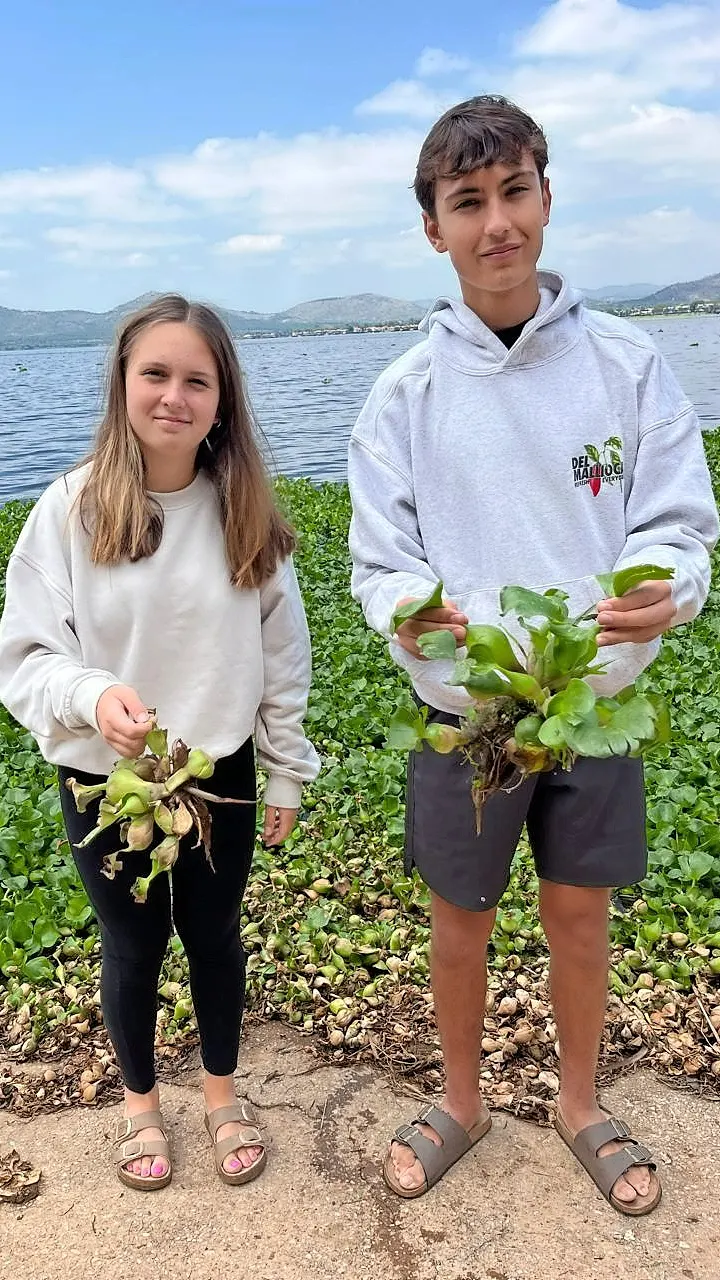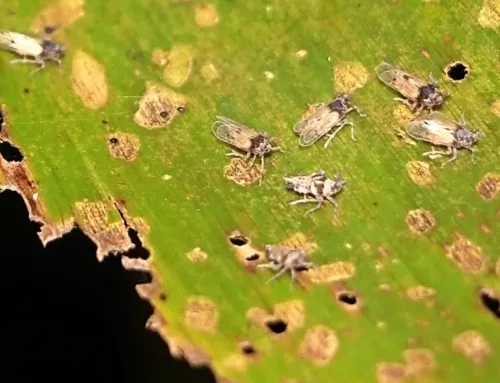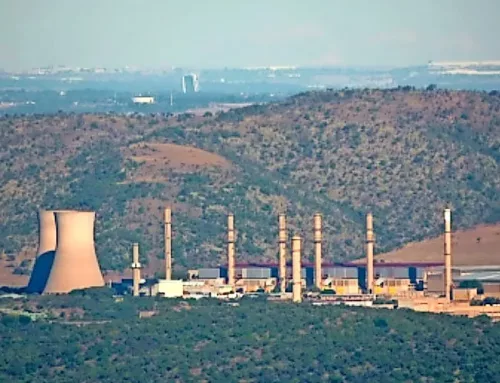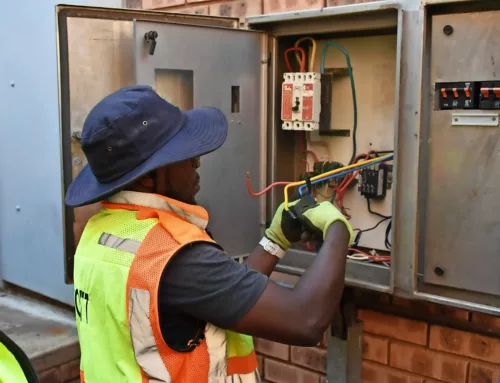Hartbeespoort twins win silver medal for hyacinth experiment
Hartbeespoort twins, Hendré and Teneal Keyser (16), won a silver medal at the recent international Eskom Expo for Young Scientists for their experiment to turn hyacinth into bio-coal.

Hendré and Teneal Keyser busy with their hyacinth bio coal project.
The twins, Grade 10 learners, competed against 17 000 learners from all over the world. The international event, held at the Convention Centre at Emperors Palace in Kempton Park from 6 to 10 October 2025, featured 303 projects from 35 regions and participants from countries such as Lesotho, Namibia, Zimbabwe, Ireland, India, and Russia.
Hendrè and Teneal were awarded a silver medal in the Renewable Energy category for their project titled “Invasive Water Hyacinths to Biocoal.”
Their research aimed to determine whether the invasive water hyacinth could be converted into usable biocoal, and how its performance compared with traditional charcoal as a renewable fuel, addressing both energy efficiency and environmental sustainability.
Their research started when they had to do a science project at school to be entered into the expo. “We live in Kosmos and have always been interested in the hyacinth invasion on the dam. When we had to choose a subject for the science project, it was only natural that we choose something from our environment that had been a challenge for so long,” they said.
“Our experiment included harvesting, drying, and carbonising the hyacinths, followed by testing various binding materials to produce bio-coal briquettes. The biocoal was then tested for heat generation over time and compared with traditional charcoal. The results showed that bio-coal produced slightly less heat than charcoal in the first hour, but maintained a more consistent temperature over a longer period. We concluded that, when used for traditional braais, biocoal may be more energy-efficient, as it reaches optimal cooking temperature sooner, while charcoal often needs time to cool before it’s suitable for cooking,” the twins said.
In addition, they conducted a feasibility study assessing equipment, removal, and production costs, and found that converting water hyacinths into biocoal could be self-sustainable and even profitable at scale.
“The experiments confirmed the hypothesis that water hyacinth can be successfully carbonised into bio-coal and that, with the right binding material, it can serve as a practical and sustainable alternative to traditional charcoal.”
According to the twins, financial analysis further supports the sustainability of this project. This means that biocoal production could operate independently, while also tackling the ecological problem of invasive water hyacinths at Hartbeespoort Dam. Our hypothesis that biocoal could compete with charcoal was proven correct. While charcoal still reached higher peak temperatures, bio-coal bound with corn starch emerged as the clear overall winner due to its consistent heat retention, longer stability, environmental benefit, and economic viability. With further optimisation and scaling, bio-coal could provide both a renewable energy source and a sustainable solution for dam rehabilitation,” the two young scientists said.
Although they enjoy research and science, not one of them plans to become a scientist. Both want to study medicine. “Yes, we both have the same interests. We feel this study was a great experience and will be of value in our future studies.”












